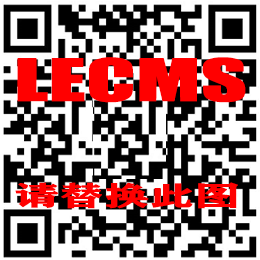在英语中,"get" 是一个多功能的动词,其后可以接不同词性的成分,具体用法和含义取决于上下文。以下是常见搭配:

1. 接名词(Noun)
表示"获得、得到"某物:
I need to get a new book.
She got a promotion last week.
2. 接形容词(Adjective)
表示"变得、变成"某种状态(相当于 become):
It's getting dark outside.
He got angry when he heard the news.
3. 接过去分词(Past Participle)
表示被动或完成动作(类似被动语态):
I got stuck in traffic. (我被堵在路上了)
She got her hair cut yesterday. (她昨天剪了头发)
4. 接介词短语(Prepositional Phrase)
表示"到达、处于某种状态或位置":
Let's get to the point. (让我们切入正题)
How did you get into this mess? (你怎么陷入这个麻烦的?)
5. 接动词不定式(to + Verb)
表示"说服、促使某人做某事"(使役用法):
I'll get him to fix the computer. (我会让他修电脑)
6. 接动名词(-ing 形式)
表示"开始做某事"(强调动作的持续性):
Let's get moving! (我们动身吧!)
She got talking to a stranger. (她开始和陌生人聊天)
总结
Get" 的灵活性极高,需根据具体语境判断其含义。关键区分:
"获得/得到" → 接名词
"变得" → 接形容词
"被动/完成" → 接过去分词
"使役/开始" → 接不定式或动名词
例如:
Get ready!(接形容词)
Get a job(接名词)
Get invited(接过去分词)
Get to work(接介词短语)
根据想表达的意思选择合适的结构即可!


